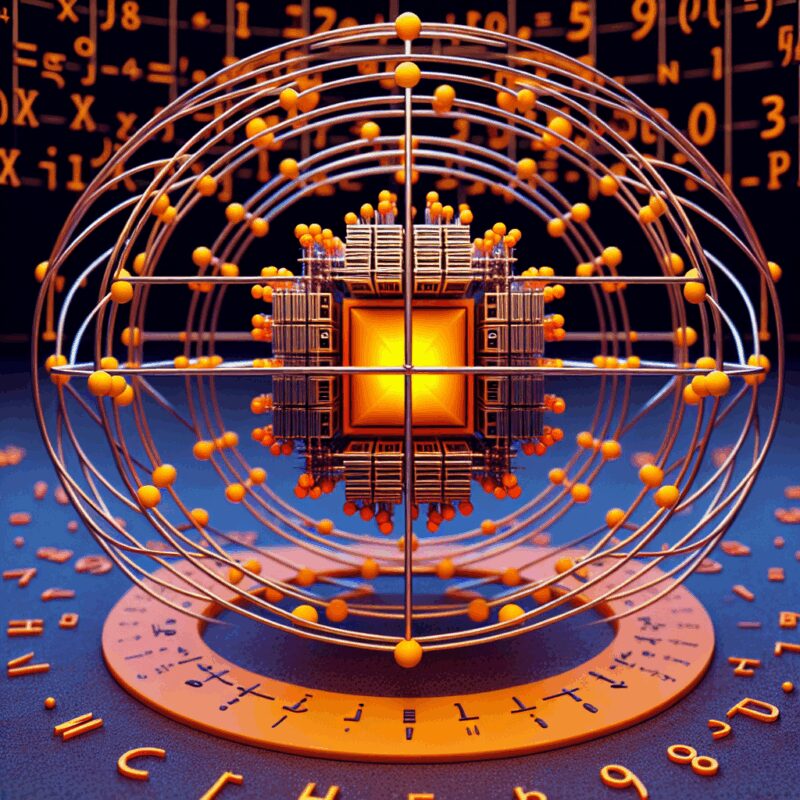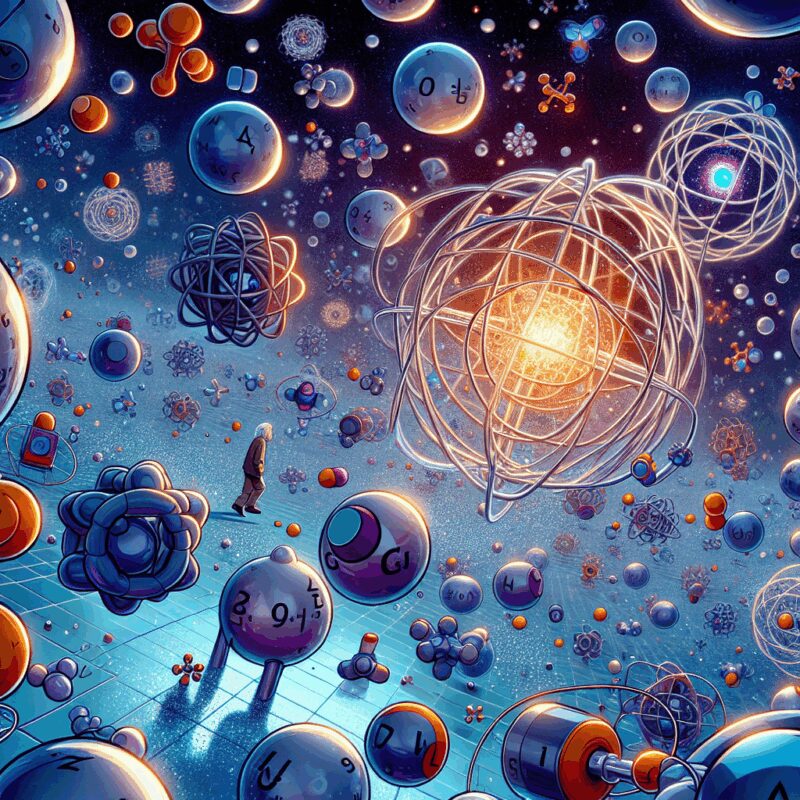Calculation of Hadron Mass Spectrum in Lattice QCD
Understanding Lattice QCD Quantum Chromodynamics (QCD) is a theory that describes the strong force—the fundamental force that holds atomic nuclei together. It’s like an invisible glue that ensures protons and neutrons, which are made of even smaller particles called quarks, stick together within the nucleus of an atom. However, understanding QCD is not a walk … Read more









